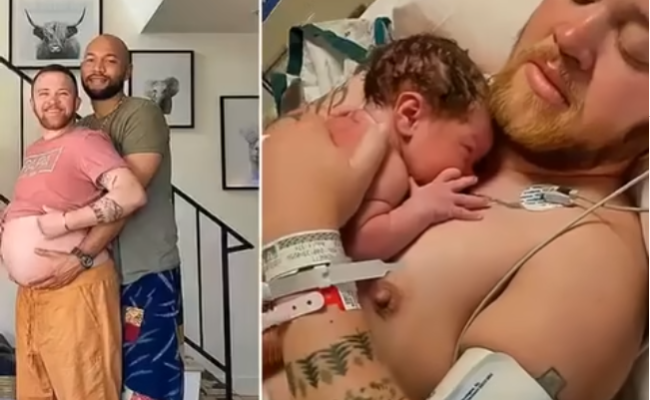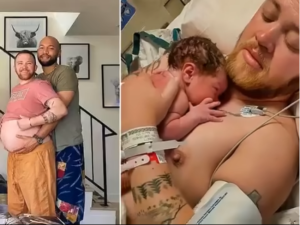Using someone’s chosen name and pronouns is a fundamental sign of respect, yet traditional gender norms often result in misgendering—particularly within healthcare environments. This was a significant issue for 37-year-old transgender man Bennett Kaspar-Williams, who delivered his son Hudson via C-section in October 2020. Despite identifying as male and using he/him pronouns, hospital staff consistently addressed him as “mother,” causing emotional distress during an already sensitive period.

Kaspar-Williams began his transition in 2014, three years after coming to terms with his transgender identity. Although he underwent top surgery, he opted not to have lower-body surgery, allowing him the ability to carry a child. While becoming a parent brought him happiness, the persistent misgendering throughout his pregnancy and delivery added strain to the experience. Even though his medical documentation reflected his male gender, many healthcare providers defaulted to the assumption that only women give birth.
Since having his child, Kaspar-Williams has been vocal about the importance of detaching childbirth from gender identity. He points out that not everyone who gives birth identifies as a woman, and not all women can or want to give birth. His pregnancy-related dysphoria came specifically from being categorized as a “mother”—a label he never felt aligned with. He said choosing to become pregnant only felt right once he was able to mentally separate the biological process from gendered expectations.
Kaspar-Williams’ experience is similar to that of Freddy McConnell, another transgender man who gave birth in 2019 and was later the subject of a documentary. McConnell, who had long struggled with gender dysphoria, found transitioning helped him fully enjoy life. He viewed having a child as a practical use of his body to create a biological connection. In contrast to Kaspar-Williams, McConnell said hospital staff treated him with respect and understanding, making his childbirth experience feel empowering and affirming.


